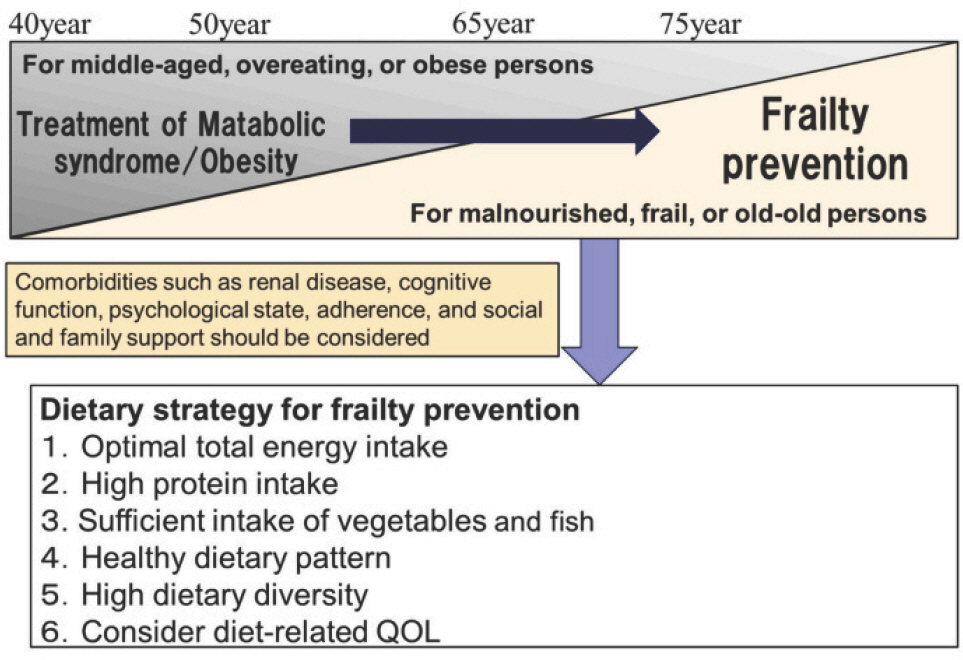2.Korean Diabetes AssociationClinical practice guidelines for diabetes.. 7th ed.Seoul: Korean Diabetes Association; 2021.
4.Tanaka S, Tanaka S, Iimuro S, Akanuma Y, Ohashi Y, Yamada N, et al; Japan Diabetes Complications Study Group and the Japanese Elderly Diabetes Intervention Trial Group. Body mass index and mortality among Japanese patients with type 2 diabetes: pooled analysis of the Japan diabetes complications study and the Japanese elderly diabetes intervention trial. J Clin Endocrinol Metab 2014;99:E2692-6.


5.Schaap LA, Koster A, Visser M. Adiposity, muscle mass, and muscle strength in relation to functional decline in older persons. Epidemiol Rev 2013;35:51-65.


9.Cederholm T, Jensen GL, Correia MITD, Gonzalez MC, Fukushima R, Higashiguchi T, et al. GLIM criteria for the diagnosis of malnutrition- a consensus report from the global clinical nutrition community. Clin Nutr 2019;38:1-9.

10.Turnbull PJ, Sinclair AJ. Evaluation of nutritional status and its relationship with functional status in older citizens with diabetes mellitus using the mini nutritional assessment (MNA) tool--a preliminary investigation. J Nutr Health Aging 2002;6:185-9.

14.Iimuro S, Yoshimura Y, Umegaki H, Sakurai T, Araki A, Ohashi Y, et al. Dietary pattern and mortality in Japanese elderly patients with type 2 diabetes mellitus: does a vegetable- and fish-rich diet improve mortality? An explanato-ry study. Geriatr Gerontol Int 2012;12(Suppl 1):59-67.






